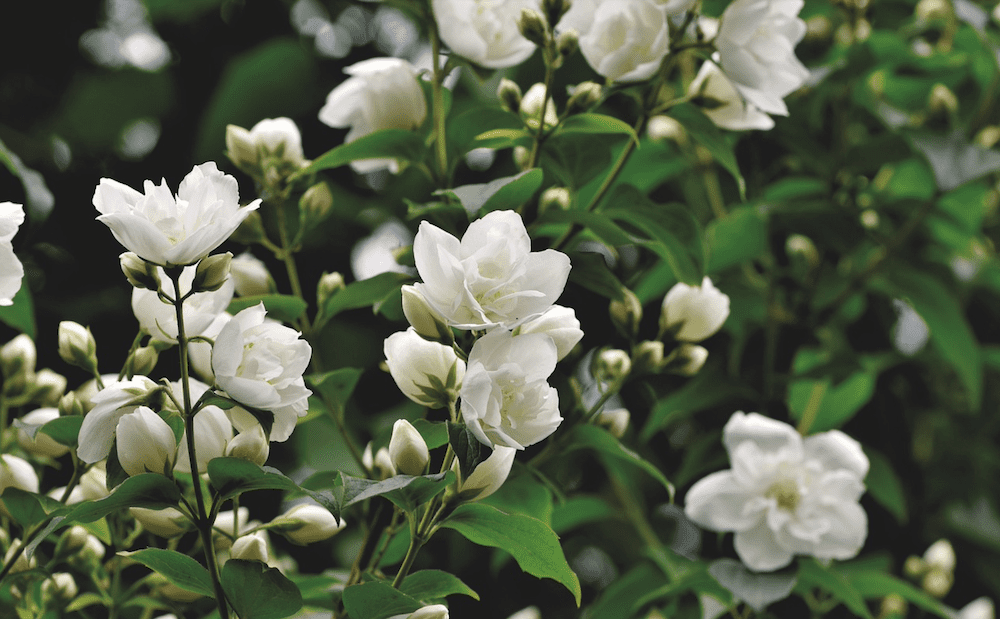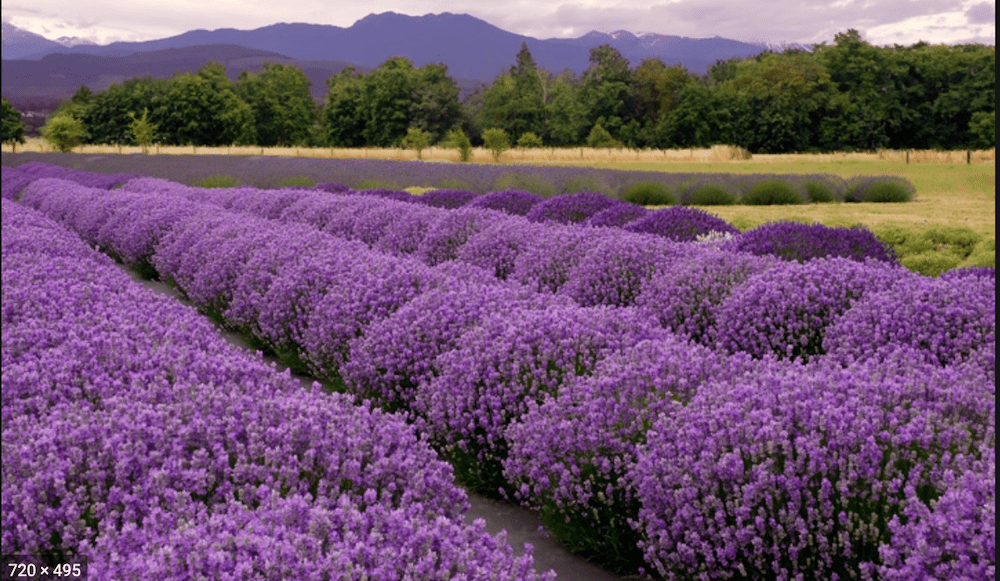To Protect Chanel No. 5, Company Buys More Jasmine Fields
By Jill Brooke

Concerned that their iconic scent, Chanel No. 5 may face diminishing supplies of the jasmine flower, the company has bought up more land in Grasse, France – the perfume capital of the world – to ensure future supplies of jasmine and other varieties of flowers will be plentiful.
Turns out the jasmine flowers grown in Grasse have a specific scent and are also lovingly harvested by hand in a special annual ritual.
With these fields so close to real-estate-friendly Nice and other popular French resorts, the luxury group didn’t want to take any chances.
Chanel bought up an extra 100,000 square meters of land, adding to the 200,000 they now own in partnership with the Mul family, one of the region’s largest flower producers.
Call it an insurance plan to further protect their signature perfume which was created by the late Coco Chanel a hundred years ago in 1921 and is still immensely popular.
“It’s smart of them to be vertically oriented,” says the Beauty Influencers CEO George Ledes, who also writes This Week with George. “Jasmine is the DNA of Chanel No. 5. Looking at the bigger picture, it’s also going back to their roots and taking care of their heritage.”
Chanel’s head perfumer Oliver Polge, who followed in his father’s footsteps in 2013, adds that since 1987, the company, in partnership with the Mul family, have also contributed to the sustainable farming of jasmine and rose – and the crops have expanded to include iris, geranium and tuberose.
Ironically, among the most iconic flowers for Chanel was the camellia.
It’s a floral motif that is branded on packaging, bags, clothing, jewelry, and shoes to this day.

Coco Chanel, (1883-1971) even incorporated the camellia design into chandeliers and other decors in her French apartment.
There was a reason Coco Chanel loved this flower. She fell in love with the camellia after reading Alexandre Dumas fils’ “La Dame aux Camellias,” a story in which the heroine always wore a white camellia, showing that her heart remained pure and focused.
The symbolism of this flower also appealed to Chanel’s superstitions. In Eastern culture, the camellia is the flower representing longevity and purity and was thought by the Buddhists to drive away bad spirits.
There was another appeal to this flower. The camellia flower didn’t interfere with the scent of her famous perfume.
As for the name, No. 5, Chanel considered it a lucky number dating back to when she was raised at a convent, and the paths she walked to the cathedral for daily prayers were laid out in circular patterns repeating the number five.
Coincidentally, when original perfumer Ernest Beaux showed her samples for the signature perfume, she chose his fifth selection and said, “I present my dress collections on the fifth of May, the fifth month of the year and so we will let this sample number five keep the name it has already, it will bring good luck.”
And indeed it did.

Jill Brooke is a former CNN correspondent, Post columnist and editor-in-chief of Avenue and Travel Savvy magazine. She is an author and the editorial director of FPD and floral editor for Aspire design and home magazine
